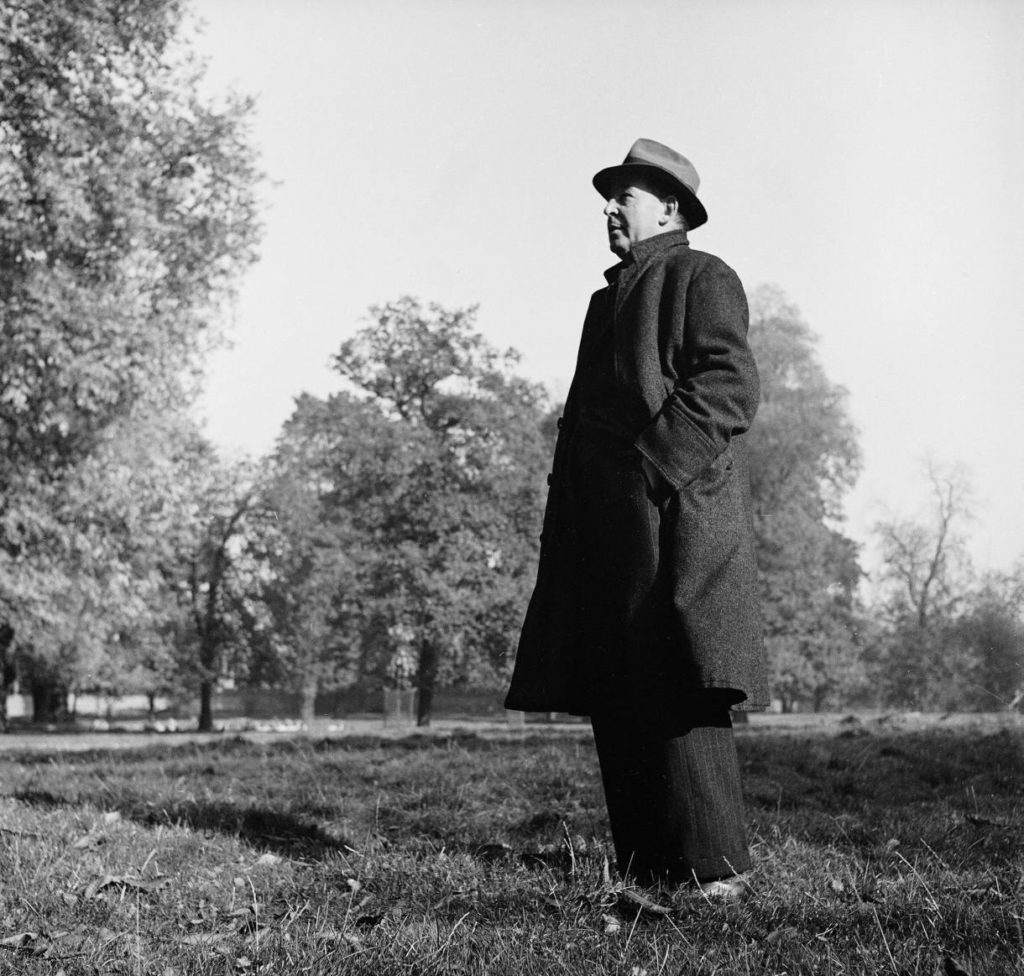
This past week in my C. S. Lewis course, we have been discussing The Screwtape Letters. Every time I return to these letters, I see greater depth than before, and for some of my students, this is their first foray into the infernal world Lewis created to highlight Christian truth in an unusual way.
The letters themselves obviously are the focus as we discuss, but I started by reading to them from his preface to the 1961 edition, which came out eighteen years after the initial printing. In it, Lewis offers insight into his thinking as these fabricated letters from a senior devil to a junior came into being. In the first paragraph, he relates an anecdote about a country clergyman who wrote to the editor of the newspaper that ran the letters as a weekly feature before it became a book. The clergyman declared he was withdrawing his subscription “on the ground that ‘much of the advice given in these letters seemed to him not only erroneous but positively diabolical.'”
Well, yes. That’s the point.
Lewis, in the preface, tells us to “picture Hell as a state where everyone is perpetually concerned about his own dignity and advancement, where everyone has a grievance, and where everyone lives the deadly serious passions of envy, self-importance, and resentment.” Sounds to me like a rather accurate depiction of human life overall. Yet in Hell, the grievances, resentments, and pride of self-importance are magnified.
Lewis’s portrait of Hell resembles, to him, a modern bureaucracy that carries out, without charity, all that Hell seeks to do.
I live in the Managerial Age, in a world of “Admin.” The greatest evil is not now done in those sordid “dens of crime” that Dickens loved to paint. It is not done even in concentration camps and labour camps. In those we see its final result.
But it is conceived and ordered (moved, seconded, carried, and minuted) in clean, carpeted, warmed, and well-lighted offices, by quiet men with white collars and cut fingernails and smooth-shaven cheeks who do not need to raise their voice.
Hence, naturally enough, my symbol for Hell is something like the bureaucracy of a police state or the offices of a thoroughly nasty business concern.

In this environment, Lewis continues, “Everyone wishes everyone else’s discrediting, demotion, and ruin; everyone is an expert in the confidential report, the pretended alliance, the stab in the back.” Again, what an awfully true image he portrays of what goes on every day in every way in our world, let alone in Hell. But we try not to let it show, right? Outwardly, we are nice, accommodating, considerate. Yet we too often mirror Hell:
Over all this their good manners, their expressions of grave respect, their “tributes” to one another’s invaluable services form a thin crust. Every now and then it gets punctured, and the scalding lava of their hatred spurts out.
How was Lewis able to depict such a hellish world so well? “Some have paid me an undeserved compliment,” he writes, “by supposing that my Letters were the ripe fruit of many years’ study in moral and ascetic theology. They forgot that there is an equally reliable, though less creditable, way of learning how temptation works. ‘My heart’—I need no other’s—‘showeth me the wickedness of the ungodly.'”

Although The Screwtape Letters has become a classic and has aided untold thousands in their Christian walk, the toll on Lewis personally was rather severe when writing it. “Though I had never written anything more easily, I never wrote with less enjoyment,” he confides in the 1961 preface. “Though it was easy to twist one’s mind into the diabolical attitude, it was not fun, or not for long. The strain produced a sort of spiritual cramp.” In what way?
“The work into which I had to project myself while I spoke through Screwtape was all dust, grit, thirst, and itch. Every trace of beauty, freshness, and geniality had to be excluded. It almost smothered me before I was done. It would have smothered my readers if I had prolonged it.”
I understand. But I’m gratified that Lewis saw the project through. This thin volume of thirty-one “letters” has been a source of spiritual wisdom and correction for countless Christians who are trying to learn what is pleasing to the Lord.
